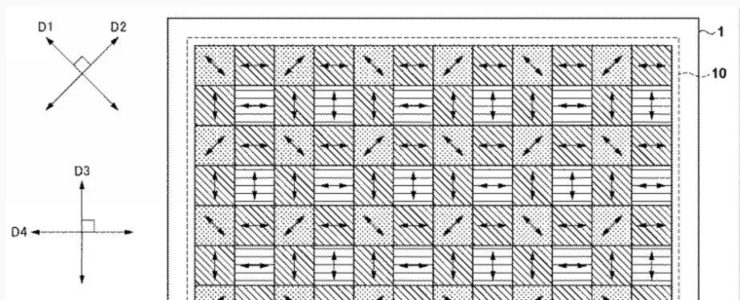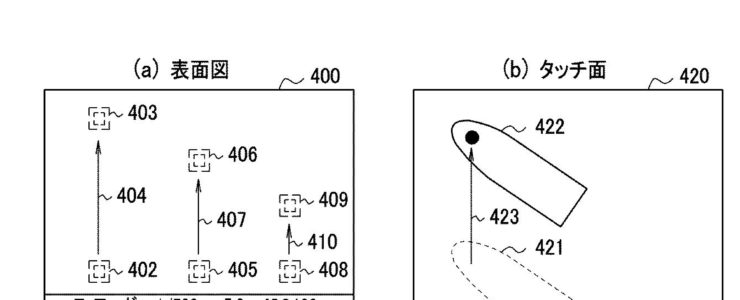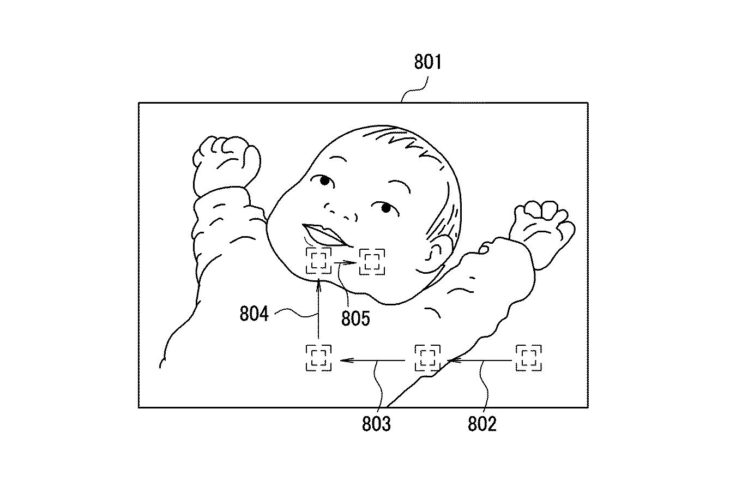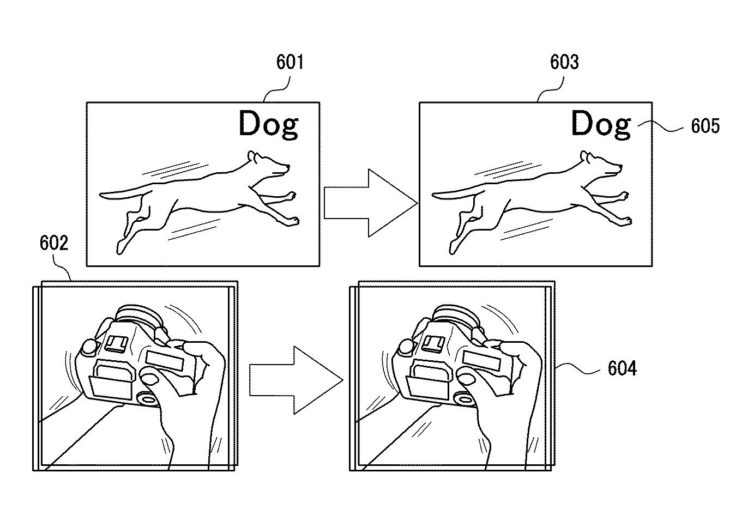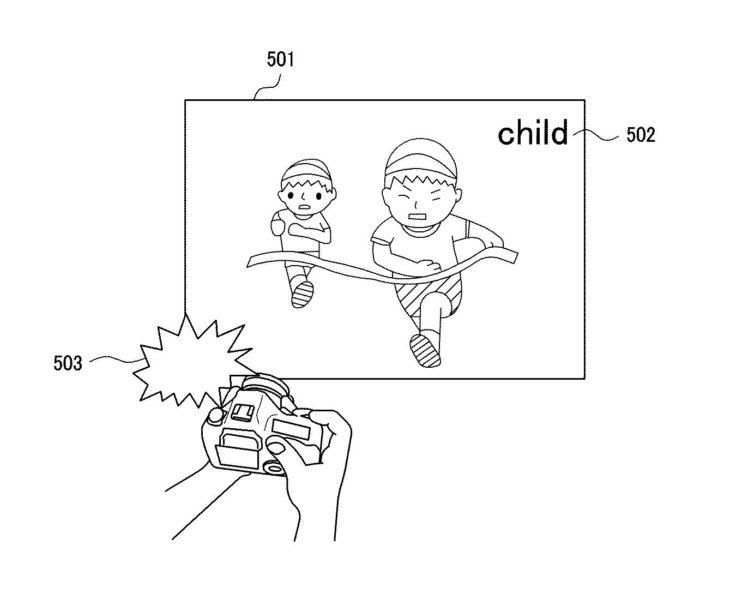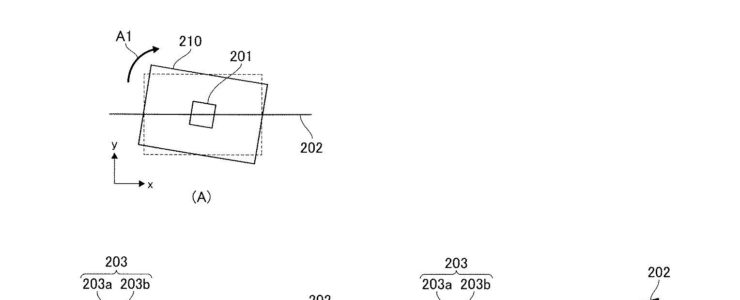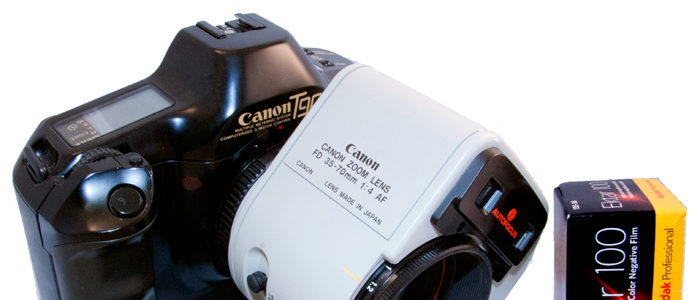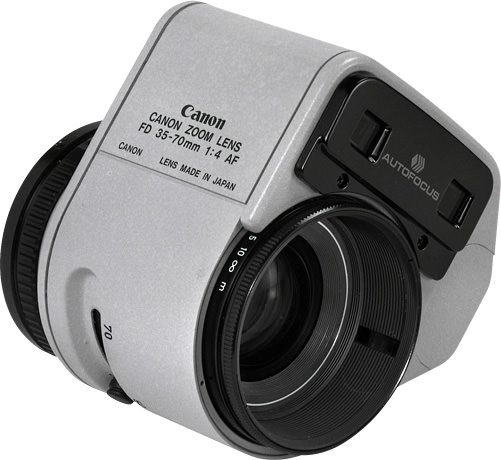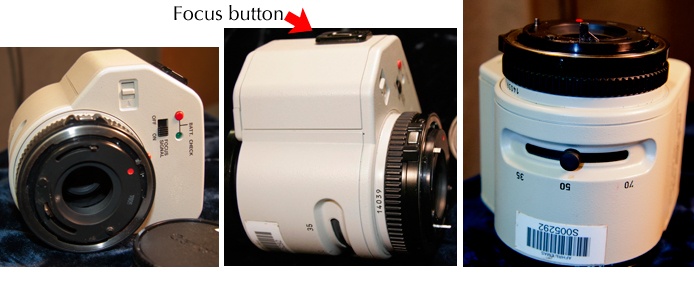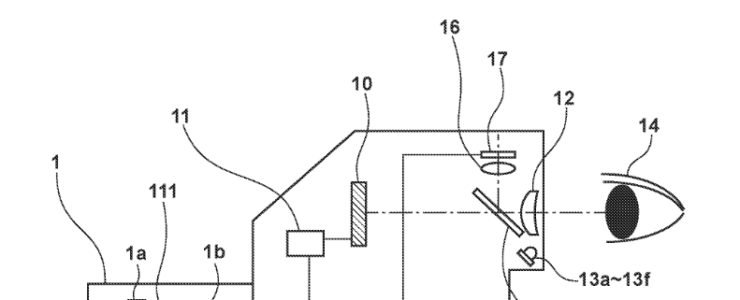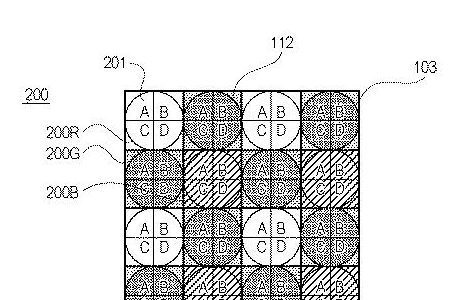Canon Patent: Quad Pixel Dual Cross Autofocus
For once a Canon patent application that is not for an RF mount lens. It’s for what could be a future generation of autofocus.
Canon patent application 2022-2383 (Japan) discusses methods and technology for a Quad Pixel Dual Cross autofocus system which one day might well be featured on a Canon mirrorless camera.
PROBLEM TO BE SOLVED: To increase the division direction of a pupil region while suppressing variation in sensitivity of an image signal.
As one of the focus detection methods of an image pickup device, a so-called image pickup surface phase difference method, in which a pupil division signal is acquired by using a focus detection pixel formed in an image pickup device and focus detection is performed by a phase difference method, is used. Are known. As a focus detection pixel, a configuration in which one microlens and a plurality of sensitivity regions are formed in each pixel is known, and each of the plurality of sensitivity regions is light that has passed through different pupil regions of the photographing optical system. The pupil division signal can be acquired by receiving light.
The patent application was spotted by asobinet.com. More Canon patent applications are listed here. Some particularly interesting patent applications we think might get into production are these:
- Automatic shutter silencing based on subject and distance
- A bunch of prime lenses for the RF mount
- An improved Electronic Viewfinder
- Patent application for RF 50mm F1.4 and an RF 35mm f/1.4 lenses
- A zoom lens that might be for an EOS R with APS-C sensor
- A smaller IBIS unit.
- A cooling adapter for the RF mount (R5 overheating?)
- A bunch of macro lenses for the RF mount.
- A 8mm f/4 circular fisheye lens for the Canon EOS R system
- A battery grip that works with differently siszed cameras
- A 100-400mm f/5.5-7.1 lens for APS-C cameras. EOS M or DSLR?
- RF 17-70mm lens for EOS R system
- IBIS coming to the EOS M and PowerShot lineup?
- Patent Application: mirrorless camera with large display and virtual control wheel
- Patent Application: IBIS and Lens IS Working Together
- Patent application for high speed mirror movement and control
- Patent application for an RF 14-28mm f/2 lens
- Patent application for an RF 50mm f/1.8 lens
- Patent application for a smart lens cap
- Patent application for celestial auto-focus
- Patent application describing a Pop-Up Flash With LED
- Patent application describing the optical formula for a RF 70-300mm F/4-5.6 IS lens for EOS R systems
- Patent application describing how to improve burst rate by compressing raw files
- Patent application describing a new way to review photos from a sequential shot
- Patent application that describes technology to improve wireless communication while reducing power consumption
- Patent application to spot and reduce moire artefacts in image data
- Patent application for weather sealed lens adapter
- Patent application for AI powered predictive camera control system
- Patent application for 18-55mm kit lens with LCD display
- Patent application to reduce noise in image files

